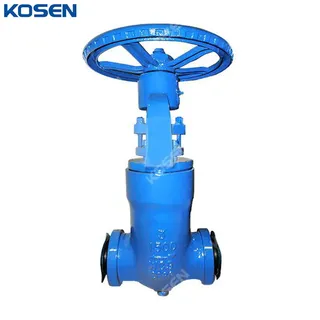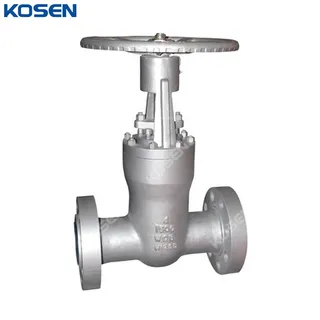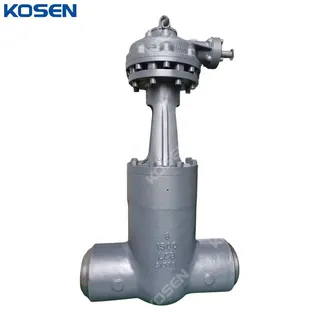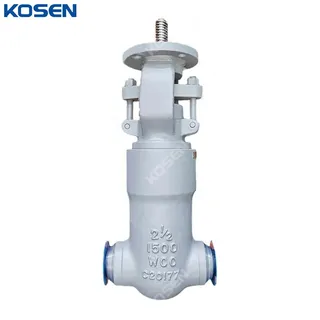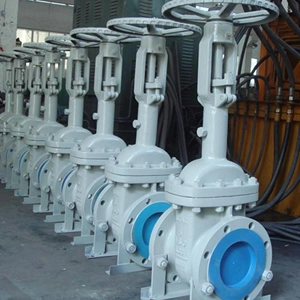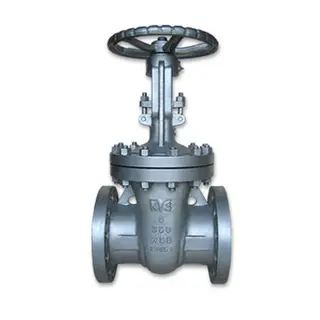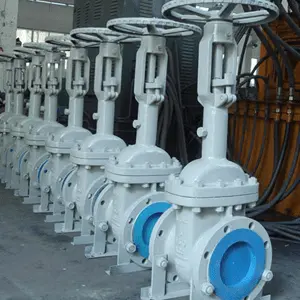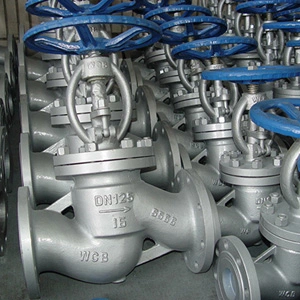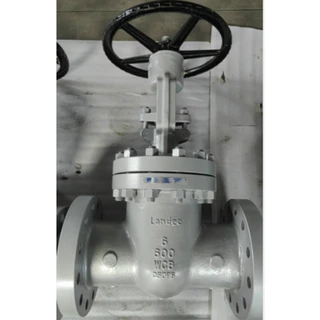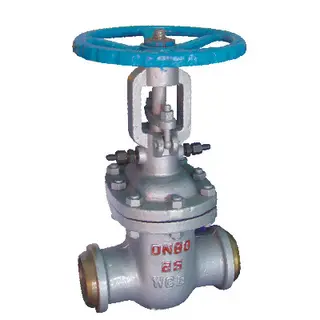API 600 PSB Gate Valve, ASTM A216 WCB, 10 Inch, CL1500, RTJ
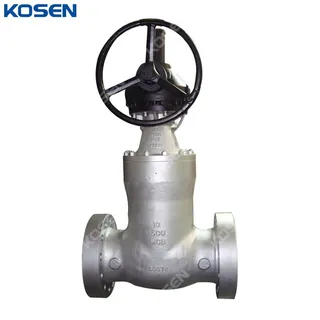
Key Specifications / Features
Detail Information
Product Name: API 600 PSB Gate Valve, Pressure Seal Bonnet
Design Standard: API 600, ASME B16.34
Body Material: ASTM A216 WCB
Size: 10 Inch, DN250
Pressure: Class 1500 LB, PN250
End Connection: RTJ Flanged
Operation: Handwheel
Our Pressure Seal Gate Valves are designed in accordance with API 600 and ASME B16.34 standards for high-temperature and high-pressure service, making them ideal for use in fossil fuel power plants. Compared to bolted bonnet joint valves, these valves provide reliable sealing of the bonnet joint, offering a more compact, rigid design. As a result, pressure seal valves are not only more durable but also more cost-effective to maintain in high-temperature and high-pressure applications.
Technical Specifications
» Nominal Diameter: NPS 2-24 Inch (DN50-DN600)
» Temperature Range: -29°C to 595°C
» Medium: Water, gas, oil, etc.
» Design Pressure: Class 600-2500 LB (PN100-PN420)
» Materials: Cast or Forged Carbon Steel, Stainless Steel, Duplex Steel, Special Materials, etc.
» Trim Materials: 13%Cr, ASTM A182 F11, F22, SS 304
» End Connections: BW, RF, RTJ
» Operation: Hand wheel, bevel gear, electric, pneumatic
» Design and Manufacture: ASME B16.34, API 600, API 6D, BS 1414
» Face to Face (End to End): ANSI B16.10, API 6D
» Flanged Connection: ANSI B16.5
» Butt Welded End: ANSI B16.25
» Test and Inspection: API 598, API 6D
» Back-Up Ring: Absorbs thrust applied by internal pressure
» Thrust Ring: Protects the soft metallic gasket from deformation
» Gasket: Unique angular design provides superior sealing
» Optional: Bypass system, live loading packing, and O-ring seal available upon request
Product Features
» Design and Material Selection: The Pressure Seal Gate Valves are designed for exceptional service in steam generation stations, industrial chemical plants, and thermal power plants. Available in both Cast Steel and Forged Steel body designs, they cater to a wide range of application requirements.
» Versatility and Reliability: These valves are known for their simple structure, reliable performance, and ability to adapt to various industrial environments. The design allows for slight flexible deformation, compensating for deviations in the sealing face angle during manufacturing, which improves overall process performance.
» Sealing Surface Durability: The seat and gate disc sealing surfaces are overlaid with high-performance alloys, such as iron-base, Co-base, or carbide alloys, ensuring long-lasting durability and reliability in high-demand applications.

